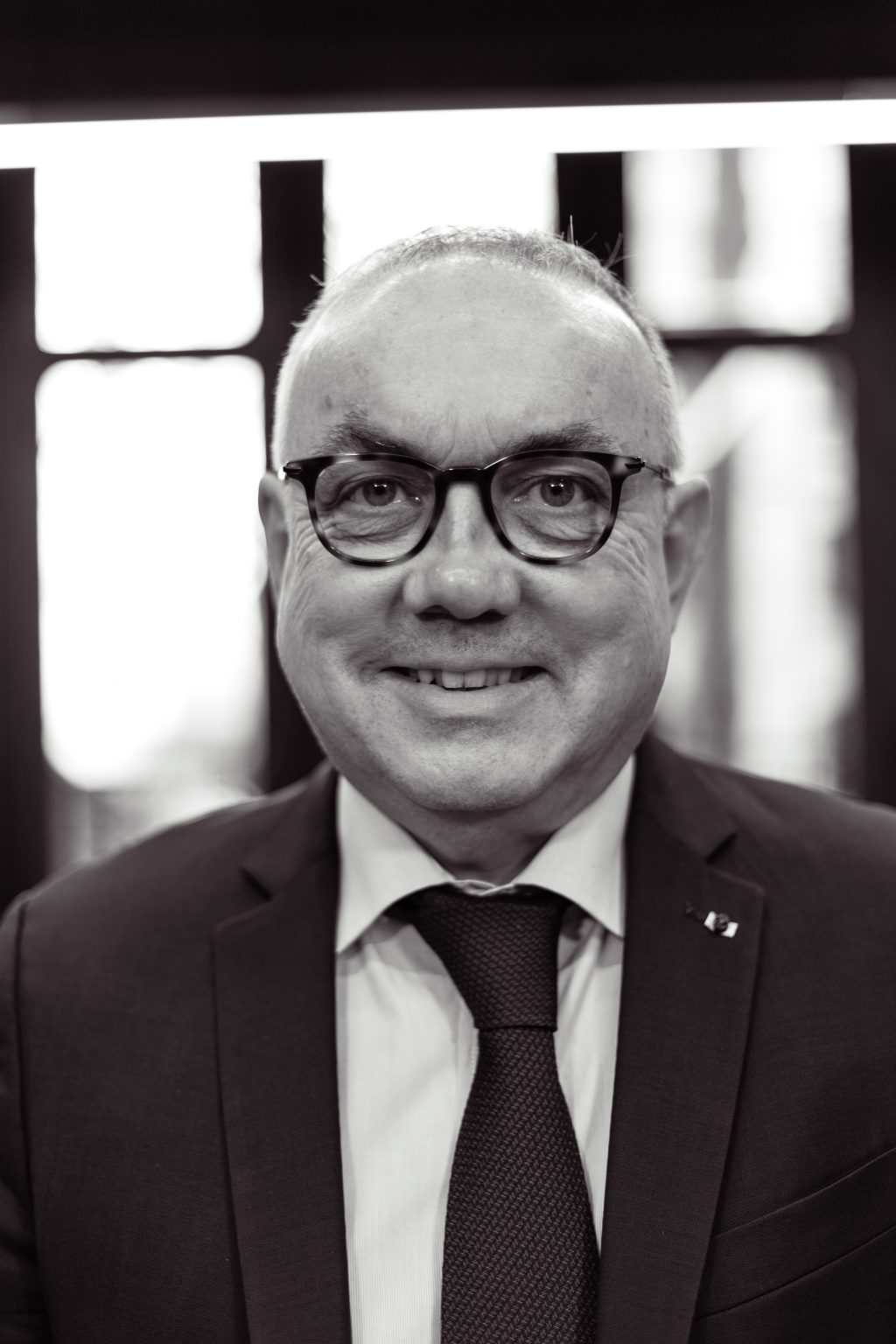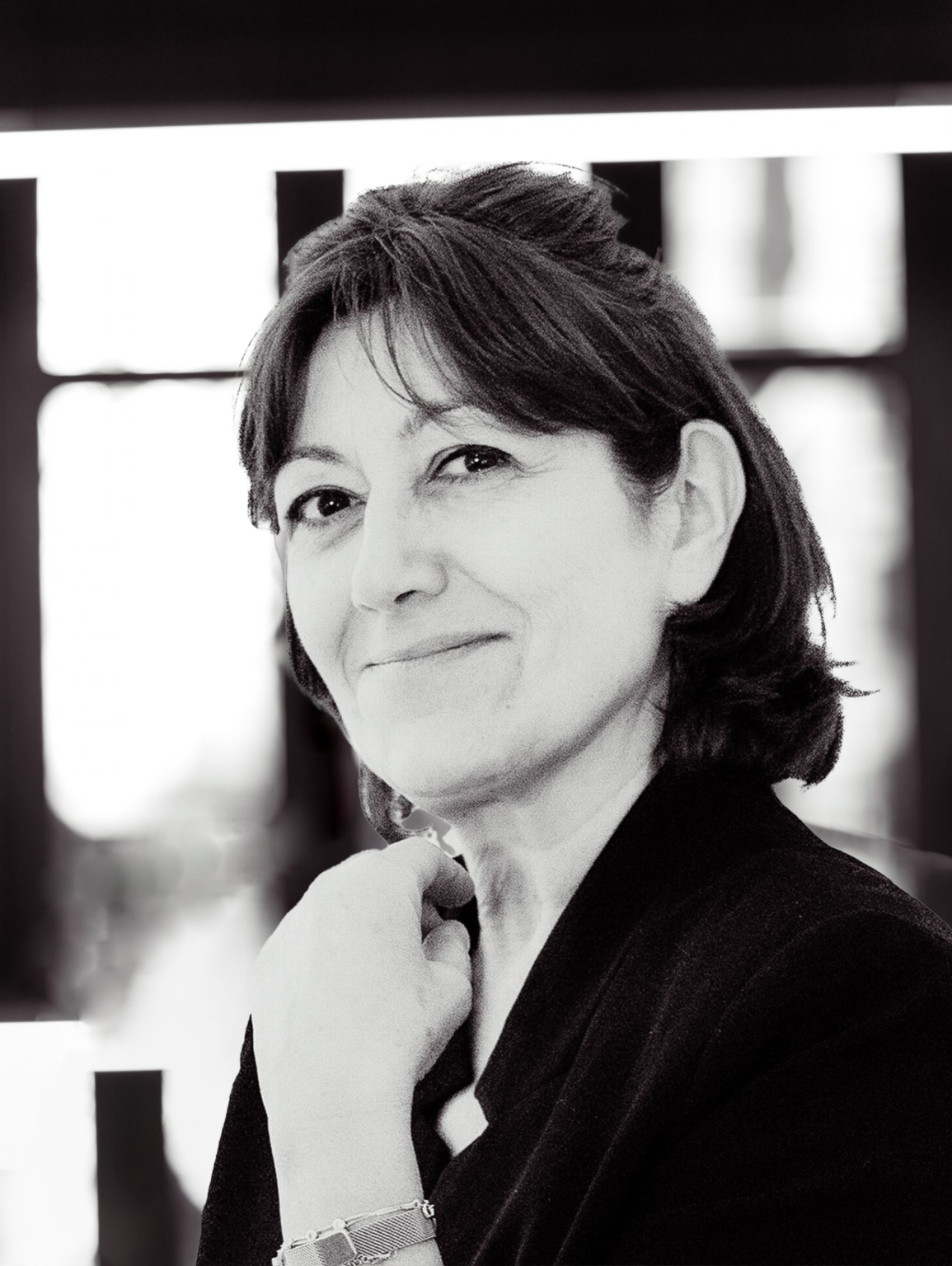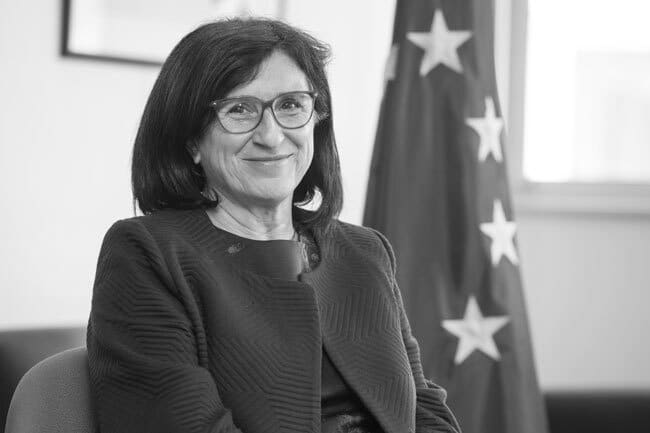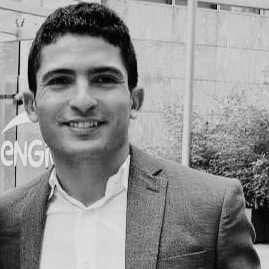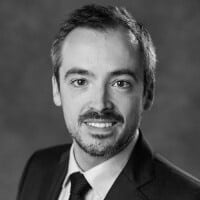Irena Bilic Coordinator of the Solidarity Tour, founder and executive director of the “L’Europe autour de l’Europe” (Europe by Europe) festival Html code here! Replace this with any non empty text and that's it. The purpose of the Solidarity project was to bring young Europeans from seven different countries together on a ‘Tour’ of six capital cities, each leg of which was woven through with cultural activities and events. How can we connect and bond with each other or make sense of the world around us without wandering through a museum of archaeology or history, talking about a documentary we have seen, or sharing a meal together? At every stage of the tour, organiser Irena Bilic managed to provide insight and understanding into what makes people tick in countries that many of the youngsters were visiting for the first time. WHEN IT COMES TO CULTURE, ALL COUNTRIES ARE EQUAL Why
Ce contenu est réservé aux abonné(e)s. Vous souhaitez vous abonner ? Merci de cliquer sur le lien ci-après -> S'abonner

